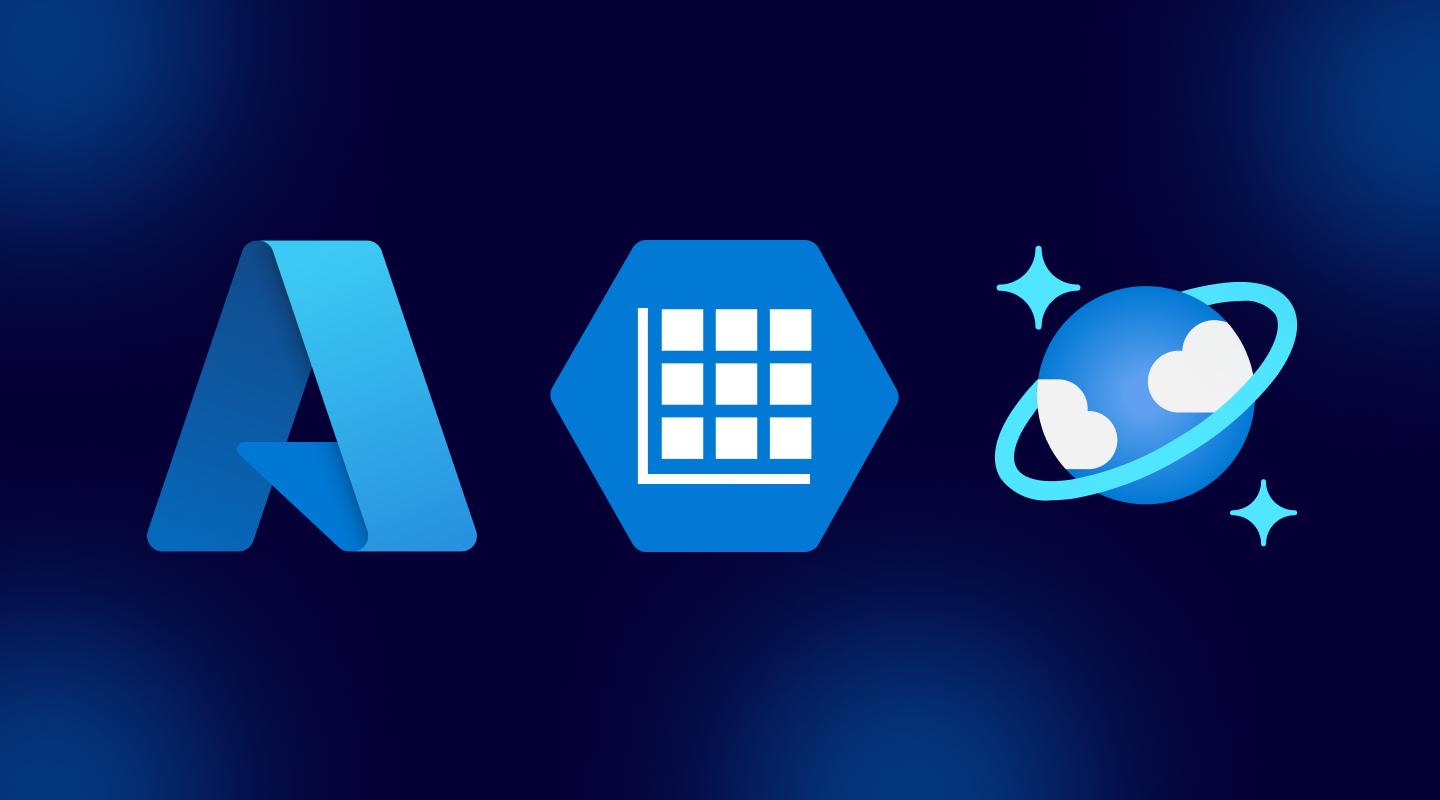Azure key-value store services comprise a subset of NoSQL (non-relational) data services for semi-structured data, which offer you a key-value data store. Common use cases would be when you need: simplest and fastest NoSQL data store; fast, high-volume data ingestion; quick read-write operations; or when data structure/number per entity is varied. Sounds complicated, but we’ve laid it all out in simple terms.





